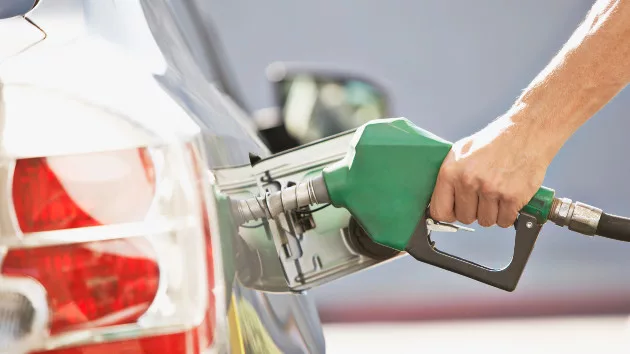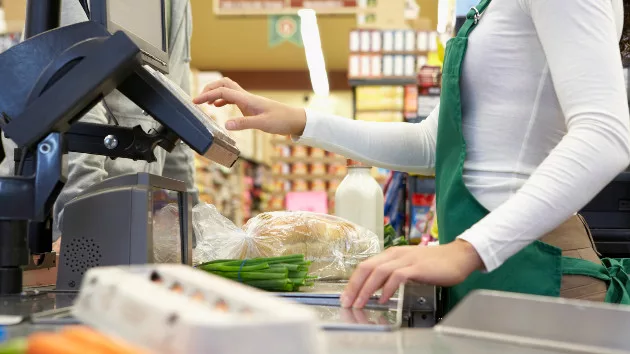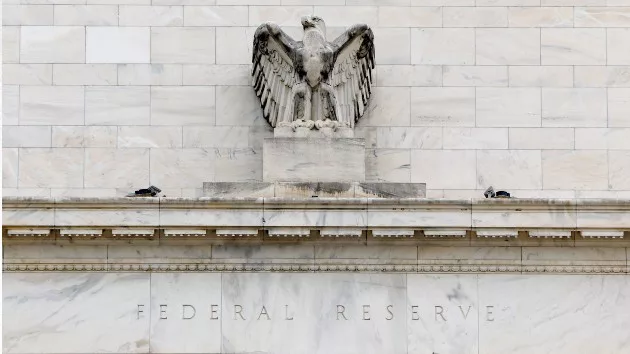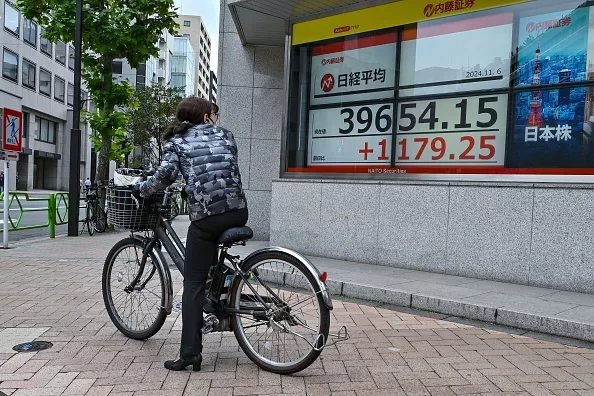(NEW YORK) — Drivers have enjoyed a sharp decline in gasoline prices over recent weeks — and the good times are expected to continue.
Gas prices have plummeted about 13% from a 2024 peak in April, which amounts to a decline of nearly 50 cents per gallon, according to AAA data shared with ABC News.
The national average price of a gallon of gas stands at $3.20, AAA data shows. In 16 states, an average gallon of gas costs less than $3, including Texas Georgia, North Carolina, Wisconsin, Kansas and Iowa.
Speaking to ABC News, some experts forecasted that the national average price would likely follow suit, dropping below $3 per gallon for the first time since May 2021.
The drop in prices owes in part to sluggish demand for gas as the busy summer traveling season has given way to an autumn slowdown, experts said. Meanwhile, they added, a sharp decline in the price of crude oil has propelled an even larger drop-off in gas prices than typically seen at this time of year.
“Gas prices continue to crumble across the entire nation,” Patrick de Haan, the head of petroleum analysis at GasBuddy, told ABC News. “The outlook is bright.”
Relief for consumers stems to a large degree from seasonal fluctuations that take hold every fall, experts said.
A slowdown in travel has eased demand for gas as families have returned from summer vacation and resumed routine driving associated with work and school commutes.
Alongside that softening of demand, refineries have begun shifting toward a less-expensive blend of winter fuel. Refineries contend with fewer regulations from the Environmental Protection Agency in the cooler fall and winter months, allowing for a cheaper blend of fuel.
“This is something we see every year,” Andrew Gross, a spokesperson at AAA, told ABC News.
The decline in prices also owes to a steep drop in the cost of crude oil, the underlying commodity that refineries turn into gas. The price of Brent crude oil has fallen 21% over the past year, and more than 7% over the last month.
A surge in oil production has coincided with a global economic slowdown, which in turn has eased demand for crude as consumers soften spending and companies downshift production. The resulting imbalance between supply and demand has sent prices plummeting, experts said.
“There’s pretty good supply and not much demand,” Timothy Fitzgerald, a professor of business economics at Texas Tech University who studies the petroleum industry, told ABC News.
The decline of gas prices is expected to continue. Gas prices typically drop over the course of the fall as demand wanes and the cheaper blend of winter fuel takes hold.
“Nearly every state east of the Rockies now has some retail outlets selling gas below $3 a gallon and the national average may very well follow suit in October,” said Gross.
Still, the anticipated price relief could be undone by a host of possible disruptions, experts said. Hurricane season could send a storm hurtling toward major refineries in the Gulf of Mexico, taking production offline and pinching gas supply. While an economic surge, perhaps triggered by widely expected interest rate cuts, could prompt an uptick in demand for oil and gas, said de Haan.
“There are some wild cards that we’re watching,” he added. “Outside those factors, there’s not much that could cause a big jump in the price of gasoline.”
By the early part of next year, however, seasonal fluctuations will turn against consumers as demand for gasoline begins to swell, he added.
“Enjoy these seasonal lows,” de Haan said.
Copyright © 2024, ABC Audio. All rights reserved.






